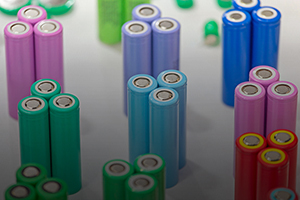Iron-Air Batteries

The biggest challenge in transitioning to renewable energy sources like solar and wind has been the ability to store adequate amounts of power to carry through during those periods when the sun and wind are not actively producing. But a new battery technology known as iron-air could finally provide the missing piece that will enable an all-renewable electric grid.
Until now, lithium ion has been the battery of choice for clean-energy storage; however, the technology has several drawbacks. Mining the rare-earth components is harmful to the environment and expensive — lithium ion batteries cost $50 to $80 per kilowatt-hour of storage capacity. They have a useful life of only 3,000 cycles (10 to 15 years) before needing to be replaced and can only supply power over a limited discharge period of 4 hours.
In contrast, the two main ingredients that make up the new batteries are plentiful and relatively inexpensive. Iron-air batteries cost less than $20 per kilowatt-hour of power and last up to 10,000 cycles. More importantly, they can discharge over a period of 150 hours, meaning that they could supply continuous power for more than six days.
Iron-air batteries operate on a principle known as reverse rusting. An anode made of iron pellets and an air-breathing cathode are submerged in a water-based electrolyte. During discharge, air reacts with the iron to form rust, which releases electrons to provide electricity. During recharge, current passes through the cells to remove the rust and once again create iron. The technology is already poised to move into grid-sale power plants with the first demonstration scheduled for 2023 and first deployment to the grid by 2025.
For information: Form Energy, Inc., 30 Dane Street, Somerville, MA 02143; phone: 844-367-6462; email: info@formenergy.com; website: https://formenergy.com/